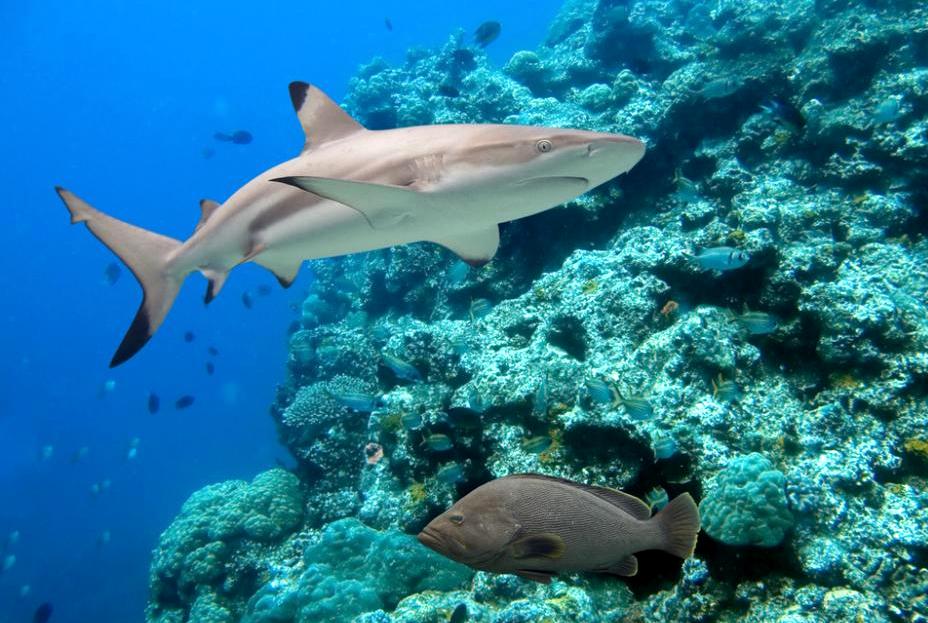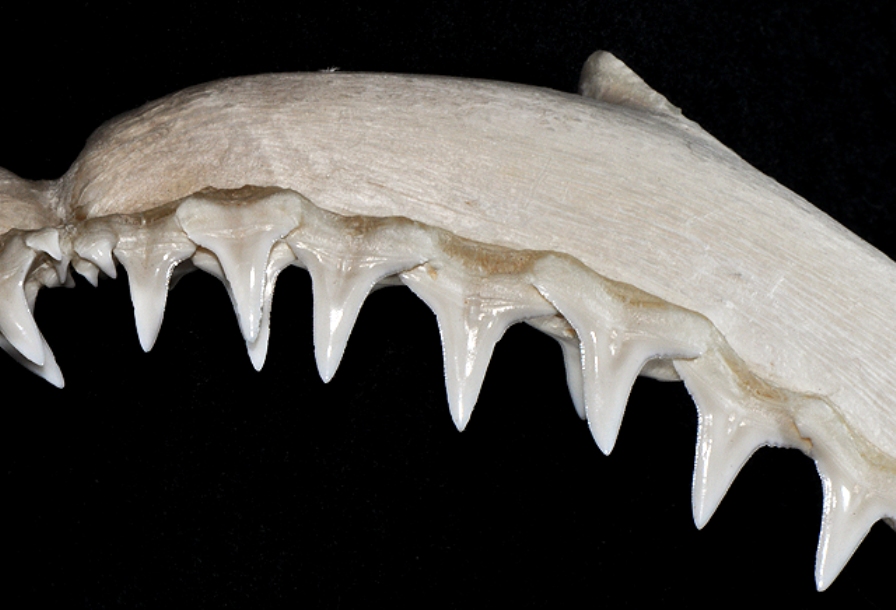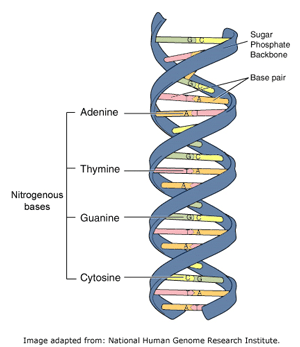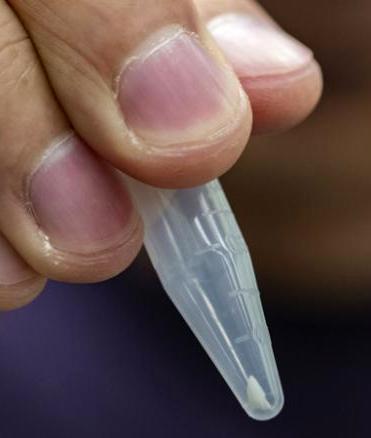

On this month's Oddities in the News Page:
DNA identifies a shark tooth that popped out of a man's foot, and he was bitten 25 years prior
IN THE ODDITIES ARCHIVES
Military Admits to UFOs
Wild Animal Pets
Flinstone House
Fluffy the Cat
Artificial Intelligence Newscaster
Harvard University UFO
DNA from tooth fragment identifies shark that bit Florida man 25 years ago

Blacktip Shark

Upper jaw of Blacktip Shark
July 3 (CNN) -- A museum in Florida used DNA from a fragment of a shark tooth to identify a man's 25-year-old shark bite.
Jeff Weakley was surfing at Flagler Beach in Florida in 1994 when he was bitten in the foot by a shark. Now he knows what kind of shark bit him -- thanks to a tooth fragment he pulled from his foot more than two decades after the attack.
Weakley was surfing with some friends in college when he felt something bite his foot. He saw he was bleeding, and he went to the hospital where he received 20 stitches.
"I didn't see the shark, but the doctors were sure it was a shark bite. I went into the database as one of the statistics," Weakley told CNN during a telephone interview on Wednesday.
He said he suffered no major damage to his foot.
But recently, Weakley started running and noticed a blister appear on his foot. He started picking at it and discovered it had a hard edge.
"I pulled on it and it came out, and immediately I knew what it was," said Weakley, who lives in Jensen Beach, Florida.
Right around the time he discovered the tooth, he had read an article about a research team at the University of Florida who used DNA from a tooth to discover what kind of shark bit a boy in New York.
Weakley decided to see if he could get the answer to his attack's greatest mystery — what kind of shark bit him?
He contacted the media relations department at the Florida Program for Shark Research at the Florida Museum of Natural History and told them he had a tooth sample he wanted to submit for DNA testing.
He admits he was hesitant to give the tooth to the researchers for fear that maybe he and the doctors had been wrong.
"Up until that point I was a statistic-- a shark attack survivor, but what if I could be a mackerel attack survivor?" he said, jokingly.
The scientists soaked the tooth to remove contaminants and extract the DNA, according to their published findings. They then compared the genetics to their database, they got a match.
A few weeks ago, Weakley received the results. His attacker? A Blacktip shark, a common culprit behind shark bites in Florida.
Researchers were surprised that they were able to extract DNA from the fragment given the amount of time the tooth was embedded in Weakley's foot.
"I had put our odds of success at slim to none," Gavin Naylor, director of the shark research program said in a statement.
Weakley, who still surfs, says he's happy he found an answer to one of his life's mysteries.
"Anything that helps understand our natural world is worth it, I am happy to make a contribution," he said.
Read more HERE
See The Horror Zine's page on sharks HERE
Deoxyribonucleic Acid (DNA) 
DNA contains the instructions needed for an organism to develop, survive and reproduce. To carry out these functions, DNA sequences must be converted into messages that can be used to produce proteins, which are the complex molecules that do most of the work in our bodies.

Do DNA Ancestry Tests Really Work?
Not long ago, genetic tests that are widely available today were the domain of dystopian science fiction. Now, they're a nice gift to buy your genealogy-minded aunt for her birthday.
Companies such as 23andMe, Ancestry.com and National Geographic market these at-home DNA testing kits, offering to unlock your genetic secrets for the price of a group dinner at a nice restaurant and about half a teaspoon of spit.
And although there was a time when these tests were marketed primarily as health services — ways to test for diseases and better understand your body — that aspect of their branding has partly receded, in part thanks to action from U.S. regulators. Nowadays, most of the big genetic testing companies pitch themselves primarily as "ancestry" services, promising both to connect long-lost relatives and to tell users what parts of the world their ancestors came from.
"The ancestry service is a collection of features that give you a comprehensive look into your history, from the very ancient past, 60,000 years ago with Neanderthals, up to the recent past," said Robin Smith, who heads 23andMe's ancestry program.
Customers send spit samples to these companies. Then, usually about two months later, they log in to their accounts to find personalized web pages with information like their percentage of South Asian ancestry, or Neanderthal ancestry, or details about their maternal and paternal lines. [The Best DNA Testing Kits of 2018]
But how do these services actually work to determine someone's ancestry?
Smith told Live Science that 23andMe uses a number of algorithms to arrive at these results.
Once the DNA in a spit sample has been digitized, it looks like a long string of C's, G's, T's and A's. Those are the labels given to the four nucleobases of DNA,the letters with which genes are written.
This string of letters would be incomprehensible to you and, on their own, just as incomprehensible to the biologists and engineers who study them. There's no string of letters that means "Swiss" or "Nigerian," for example. But the algorithms can pull meaning out of the strings of letters, Smith said.
These companies keep the details of their algorithms somewhat secret. But it's not that their computers speak some secret language. Instead, according to geneticist Mark Stoneking, group leader of the Max Planck Institute for Evolutionary Anthropology in Germany, they're really good at spotting patterns.
"These are techniques that scientists have known about for a very long time," Stoneking told Live Science.
He used a version of these methods in his pioneering work tracing the common ancestor of all living humans, a woman referred to as "Mitochondrial Eve" who lived about 200,000 years ago. And researchers still use these methods to track the movements and intermixing of human populations from the deep past to recent history.
If a genetic anthropologist has a DNA sample and a very large library of other samples to compare it against, that anthropologist can quickly figure out which groups in the library that DNA is most closely related to, Stoneking said.
"It's a robust method," he added.
Researchers can track paternal ancestry by looking at the Y chromosome, which fathers pass to their male children. Maternal ancestry, similarly, can be found in mitochondrial DNA, which mothers pass to all of their children. The richest and most detailed ancestry information, however, comes from comparing everything else — the 22 non-sex chromosomes — against the massive libraries.
"The way that the algorithm works, it takes an entire genome and chunks it up," Smith said. "It takes little pieces, and for each piece, it compares it against the reference data set. It compares it against British; it compares it against West African; it goes through the entire list, and it spits out a probability for [where that piece of DNA came from]."
So, if your 23andMe test says you're 29 percent British, it's because 29 percent of the pieces of your DNA were most likely to have come from a group that 23andMe's reference library has labeled "British."
The names for those ancestry groups, Stoneking said, come from a mix of self-reports (many people can describe their immediate background pretty well) and independent research. So, if an algorithm finds that 8,000 people are from a close-knit ancestry group, and the researchers know that all of those people trace their heritage to Thailand, they might label that group "Thai."
The problem, as Stoneking described and Smith acknowledged, is that these methods are only as good as the libraries researchers have to compare DNA samples to.
The details of 23andMe's libraries — like those of all of its major competitors — aren't public, but Smith said the company can provide much more detailed information on European populations (among their most-sampled groups) than, for example, Native American populations (among the least-sampled groups). That's why an ancestry page can parse Irish from Anglo-Saxon, or Ashkenazi Jewish from Polish, but might combine Inuit and Navajo into a single category.
Therefore, while the underlying tools are valid, there are limits to the quality of broad ancestry data, Stoneking said.
However, the more individualized sorts of information these companies offer — such as finding long-lost relatives — are more certain, Stoneking said. A company doesn't need a big library to know whether DNA samples come from family members; they just need the algorithms that have been perfected for decades now
See the article HERE